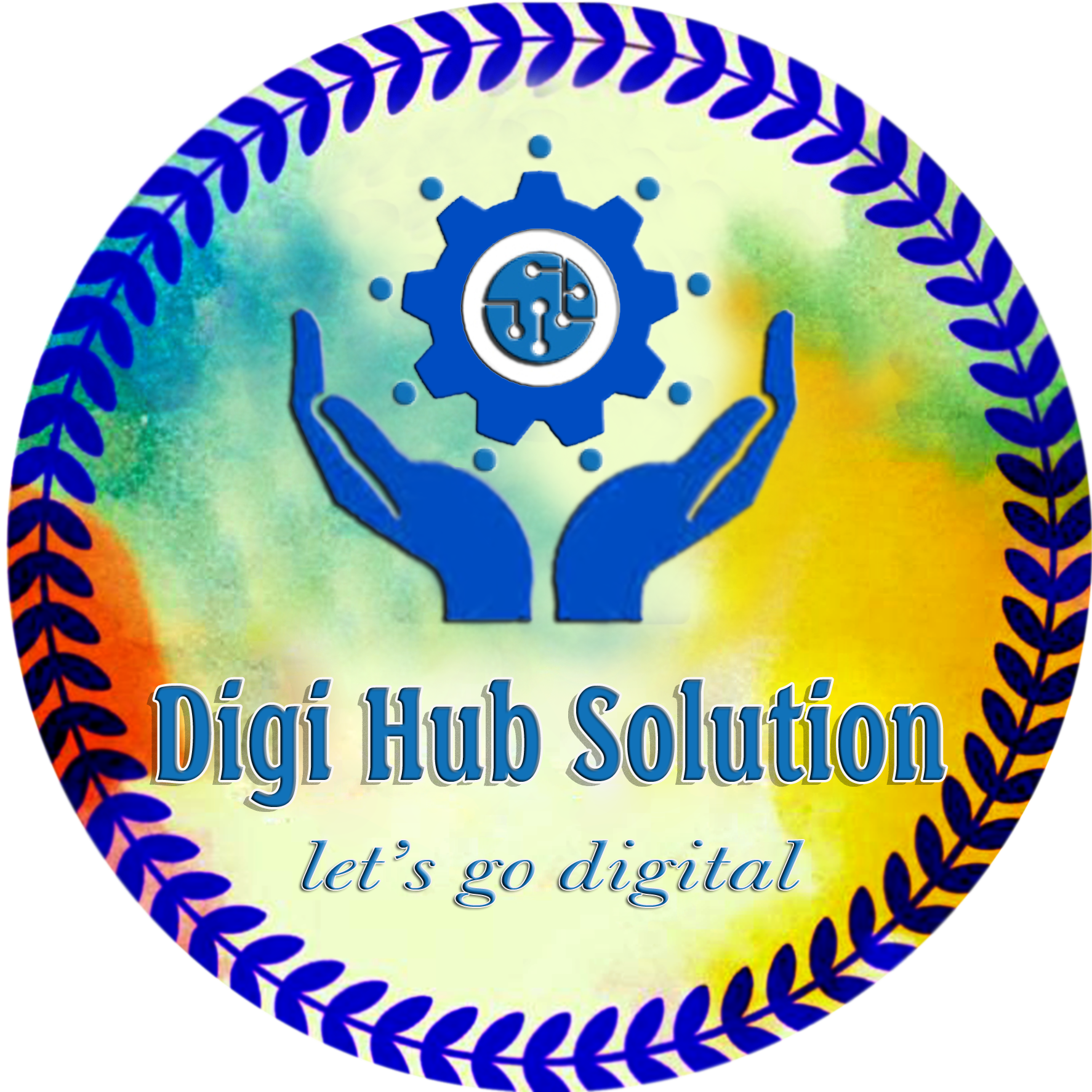E-learning is a simple form of education that encourages learners to learn anywhere. It helps in gaining complete knowledge with the help of latest technologies. It is also understood as distance education, online education, or internet education which is suitable for everyone. Online learning is helpful for students and professionals who want to acquire diverse skills with customized learning.
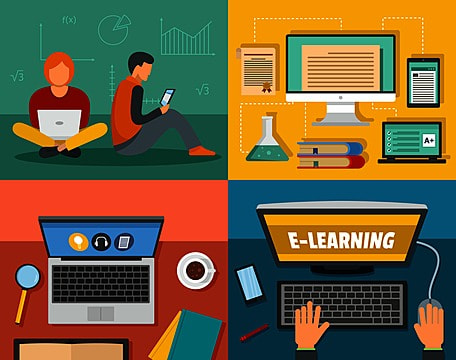
E-learning comes with various benefits for teachers and learners, requiring only a computer or mobile device and an internet connection. One can purchase the course of their interest and study it from their remote location. It has also enabled individuals to acquire, and impart knowledge effectively at minimal expense.
Rise of e-learning
E-learning has emerged as a powerful force that is changing the way we study and acquire knowledge. The digital age has brought a major revolution in the field of education. E-learning, commonly known as online learning or distance education, is the process of delivering educational content and facilitating learning experiences through the use of digital technologies. Technological advances, improved Internet access, and the growing need for flexible and personalized learning options have contributed to the growth of e-learning. We will examine in this article the important impacts of e-learning on education as well as its advantages and disadvantages and how it is changing the field of education in the digital age.
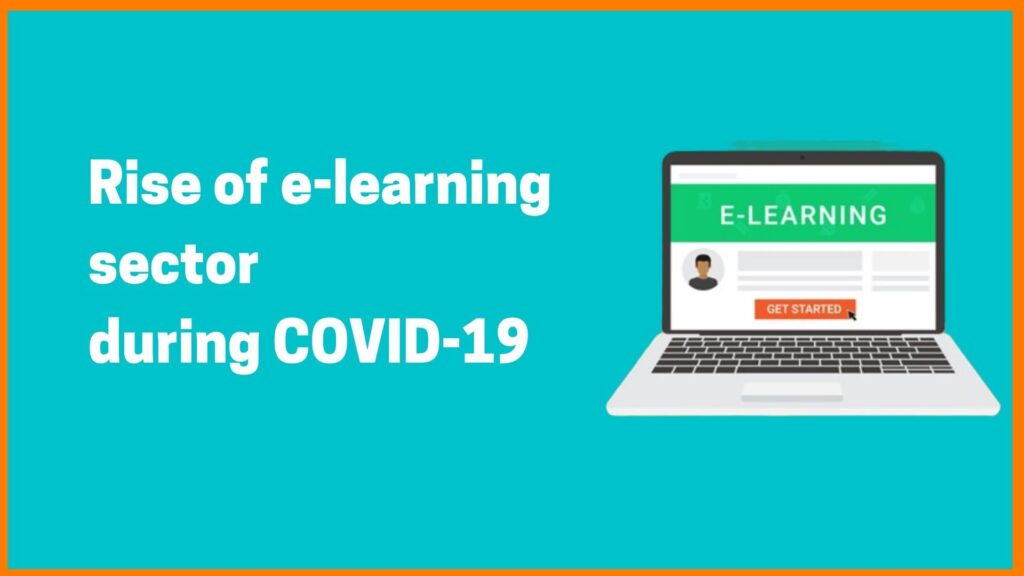
Is eLearning The Future Of Education
eLearning has transformed education in both schools and businesses, making it easier for students and employees to learn at their own pace in an environment that suits them. When it comes to the future of education, it’s clear that eLearning will play a huge role in the delivery of learning materials.
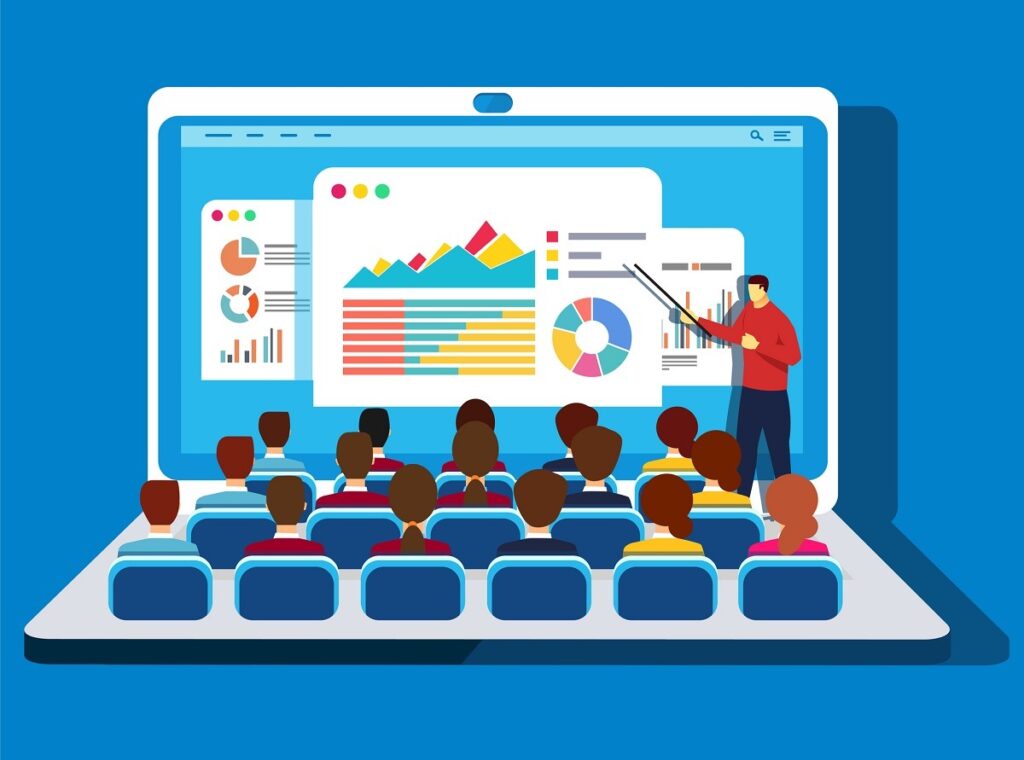
Why Has eLearning Become So Important
Another major reason that eLearning has become vital is resilience. The COVID-19 pandemic has shown businesses and educational institutions the need for online learning in the face of a crisis. The same goes for students. Without eLearning, many students wouldn’t have access to course materials. eLearning and virtual classes make it possible for students around the globe to learn online and attend establishments that may have previously been out of reach. For educational establishments, eLearning allows educators to carry on teaching the curriculum without interruption. For businesses, eLearning provides a route to reskilling employees so they can continue to carry out their jobs even if they’re not in their workplace.
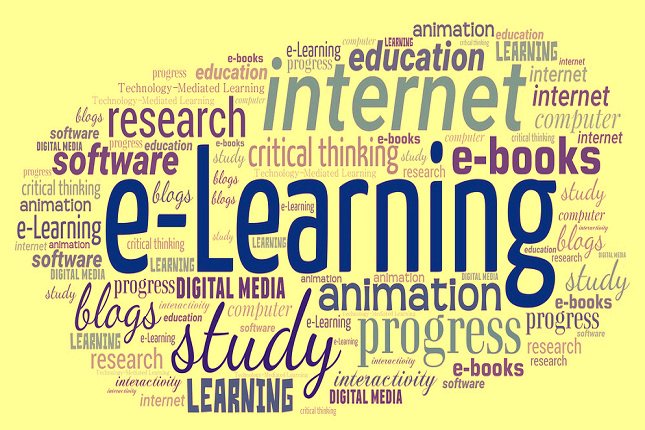
The Formats, Advantages, And Future Of eLearning
eLearning, short for electronic learning, is a form of education or training delivered through digital technology and the internet. It involves the use of electronic devices, such as computers, tablets, or smartphones, to access and participate in educational materials, courses, or training programs.
1. Online Courses
These are structured learning experiences offered entirely online. They may include video lectures, interactive quizzes, discussion forums, and assignments. Learners can access course materials at their own pace and typically have access to instructors or facilitators for guidance and support.

2. Virtual Classrooms
These are virtual spaces where learners and instructors can interact in real time, simulating a traditional classroom experience. Participants can join discussions, ask questions, and receive immediate feedback from instructors or peers through video conferencing or chat platforms.

3. Webinars And Webcasts
These are live or pre-recorded presentations or lectures delivered online. Webinars often include interactive features such as polls, Q&A sessions, and chat functions. Webcasts, on the other hand, are typically one-way broadcasts where learners passively watch and listen to the content.

4. Mobile Learning
With the proliferation of smartphones and mobile devices, eLearning is increasingly accessible on mobile platforms. Mobile learning allows learners to access educational content on the go through mobile apps, responsive websites, or SMS-based learning platforms.

5. Gamified Learning
Gamification incorporates game-like elements, such as points, badges, levels, and leaderboards, into the learning experience. It aims to engage learners, enhance motivation, and reinforce learning through interactive and immersive activities.
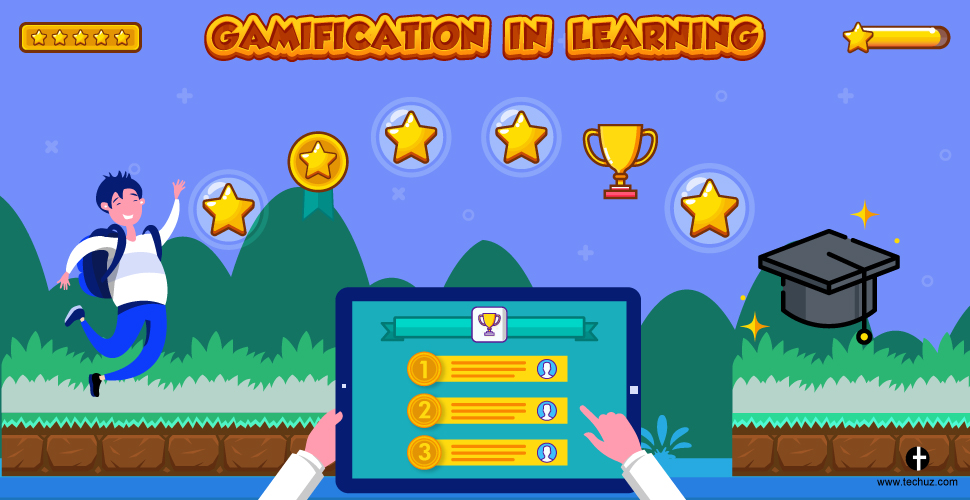
How Will eLearning Look Like In The Future
The future of eLearning holds several exciting possibilities as technology continues to advance and new trends emerge. Here are some potential characteristics and trends that may shape eLearning in the future:
1. Personalization And Adaptive Learning
Online learning platforms will become increasingly adept at personalizing the learning experience based on individual learners’ needs, preferences, and learning styles. Adaptive learning technologies will dynamically adjust the content, pace, and difficulty level to optimize learning outcomes for each learner.

2. Immersive And Interactive Experiences
Advancements in Virtual Reality (VR), Augmented Reality (AR), and Mixed Reality (MR) technologies will enable more immersive and interactive learning experiences. Learners will be able to engage with virtual environments, manipulate objects, and collaborate with others in realistic simulations, enhancing engagement and understanding.
3. Artificial Intelligence (AI) And Learning Analytics
AI-powered tools and learning analytics will play a significant role in online learning. AI algorithms will provide personalized recommendations, intelligent feedback, and support virtual teaching assistants. Learning analytics will offer deeper insights into learner progress, engagement, and performance, helping instructors identify areas for improvement and optimize instructional strategies.
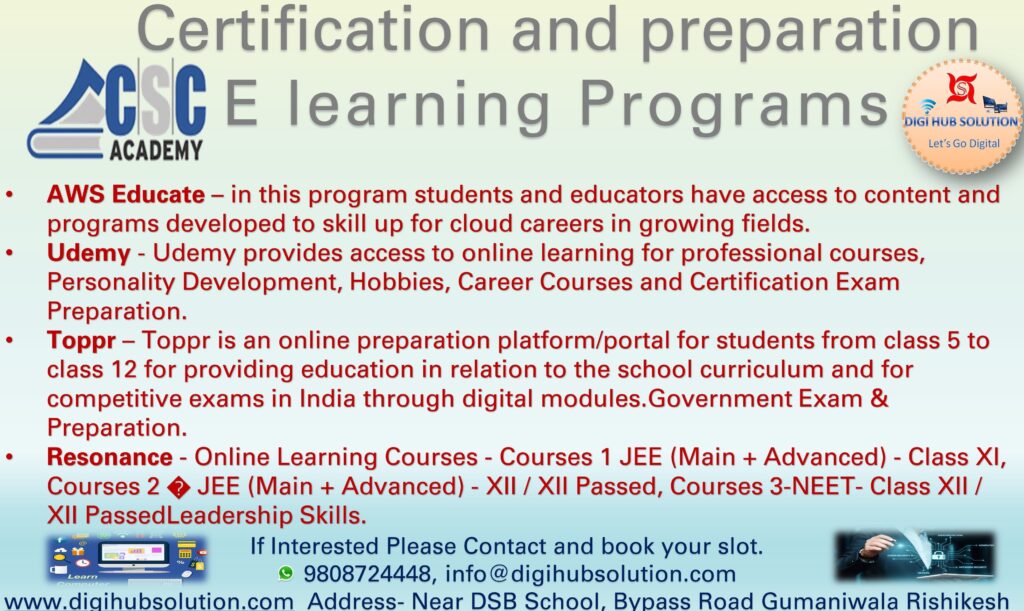
4. Microlearning And Bite-Sized Content
The popularity of microlearning will continue to rise, with shorter, bite-sized learning modules becoming the norm. Microlearning allows learners to access and consume targeted content quickly, making learning more efficient and fitting into busy schedules.
5. Collaborative And Social Learning
Online learning platforms will increasingly incorporate features that facilitate collaboration and social interaction among learners. Discussion forums, group projects, virtual study groups, and peer-to-peer learning communities will be seamlessly integrated into the online learning experience, promoting knowledge sharing and collaborative problem-solving.
6. Gamification And Serious Games
Gamification elements, such as points, badges, leaderboards, and rewards, will be further integrated into online learning to enhance engagement and motivation. Serious games, which combine entertainment with educational content, will be utilized to create engaging and interactive learning experiences across various subjects.
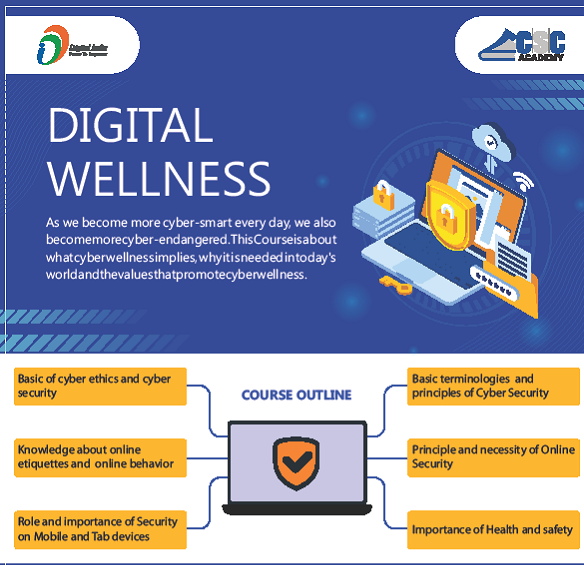
7. Mobile Learning Dominance
With the widespread use of smartphones and tablets, mobile learning will continue to dominate the online learning landscape. Mobile-optimized platforms, mobile apps, and responsive design will ensure seamless learning experiences across devices, allowing learners to access educational content anytime and anywhere.
8. Lifelong Learning And Continuous Professional Development
Online learning will play a pivotal role in supporting lifelong learning and continuous professional development. Professionals will engage in ongoing upskilling and reskilling, with a greater emphasis on just-in-time learning to stay relevant in a rapidly evolving job market.
9. Global Collaboration and Access To Expertise
Online learning will foster global collaboration, enabling learners from different parts of the world to connect, share knowledge, and collaborate on projects. Learners will have access to a diverse range of experts and instructors from around the globe, expanding learning opportunities beyond geographic limitations.
10. Credentialing And Recognition
Online learning will continue to gain recognition and acceptance as a credible form of education. Institutions and organizations will develop mechanisms to validate and recognize the skills and knowledge acquired through online learning, offering certifications, micro-credentials, and badges that hold value in the job market.
